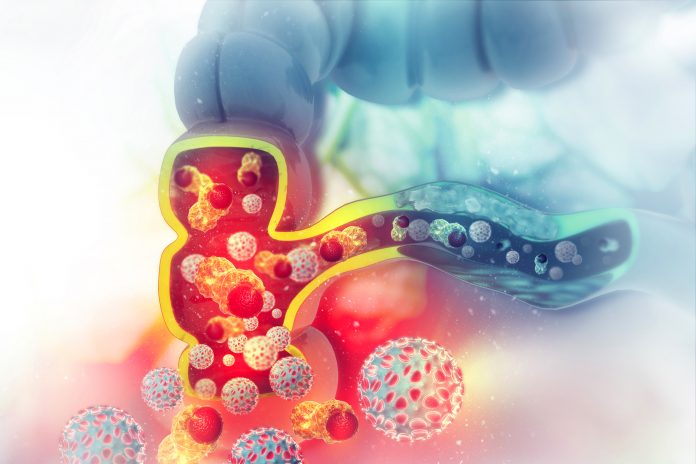
One of the most surprising trends in all of cancer is the rapid increase of colorectal cancer among younger people. Between 1999 and 2020, the rate of colorectal cancers grew 500 percent among children ages 10–14, 333 percent among teens aged 15–19, and 185 percent among young adults ages 20–24 in the U.S., according to researchers from University of Missouri-Kansas City.
“Colorectal cancer is no longer considered just a disease of the elderly population,” said lead researcher Islam Mohamed, MD, an internal medicine resident physician at the University of Missouri-Kansas City. “It’s important that the public is aware of signs and symptoms of colorectal cancer.”
Mohamed will present data from the study, “Evolving trends in colorectal cancer incidence among young patients under 45: A 22-year analysis of the Centers for Disease Control Wonder Database,” abstract Mo1149, at Digestive Disease Week (DDW) 2024, on Monday, May 20, at 12:30 p.m. EDT.
And the United States isn’t the only country facing the alarming rise in early-onset colorectal cancer though, similar trends have also been documented in Canada, New Zealand, Australia, and some parts of Europe and Asia. In most of these places, the number of cases in younger adults started trending upward around 1995.
For this study, Mohamed’s team used data from the Centers for Disease Control Wonder Database, to calculate trends in colorectal cancer rates for people ages 10–44 from 1999–2020.
Risk factors include a family history of inflammatory bowel disease or colorectal cancer. Modifiable risk factors include obesity, tobacco use, alcohol consumption and dietary habits such as low fiber intake, consumption of processed meats or sugar-sweetened beverages and a high-fat diet. Sedentary lifestyle, the presence of bacteria that tend to cause tumors, antibiotic usage, and dietary additives are potential, but not firmly established, contributors to colorectal cancer risk.
“Additionally, environmental exposures to carcinogens and shifts in microbiome composition have been implicated in cancer development across different age groups,” Mohamed told Inside Precision Medicine. Furthermore, genetic predispositions and underlying inflammatory conditions may also play a role in predisposing individuals to multiple cancer types.
The number of colorectal cancer cases among children and teens is not high enough to suggest widespread colonoscopy screening, but more tailored approaches should be considered, Mohamed said.
“We advocate for more tailored approaches rather than widespread colonoscopy screening, considering various factors such as individual risk profiles, age, ethnicity, and race,” Mohammed told IPM. “Tailored approaches may involve targeted screening for high-risk groups, such as those with a family history of colorectal cancer or inflammatory bowel disease, or individuals exhibiting specific risk factors like metabolic syndrome or unhealthy lifestyle habits.”
Escalations in diagnoses rates were also found in the higher age brackets, with rates rising by 71 percent to 6.5 per 100,000 people in ages 30–4 and by 58 percent to 11.7 per 100,000 in ages 35–39 in 2020. While the 40–44 age group had a lower percentage increase of 37 percent, this group had the highest incidence rate, reaching 20 per 100,000 people in 2020.
“Individuals in this age bracket may be more susceptible to the accumulation effect due to certain risk factors associated with colorectal cancer, such as lifestyle habits or genetic predispositions, contributing to their elevated incidence rate,” Mohamed told IPM.
The most common symptoms for colorectal cancer identified in patients with early onset colorectal cancer were changes in bowel habits in terms of either constipation or diarrhea, abdominal pain, rectal bleeding and signs of iron deficiency anemia, Mohamed said.













